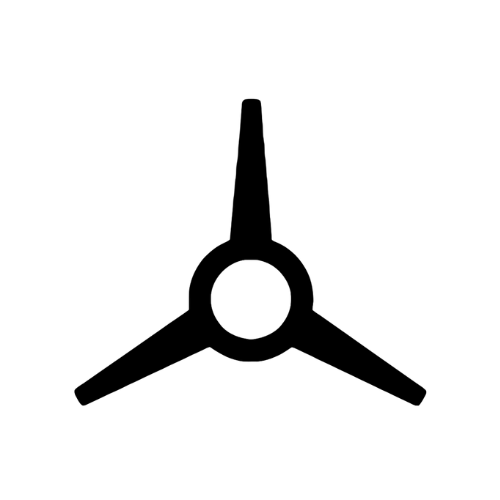Extended Flight Time Drone Technologies
As drone pilots, we all have something in common; We wish our drone could fly forever. Getting longer flight times out of drones has constantly challenged many users and producers. Let's look at the newly launched DJI M3E/T, which offers 45 minutes of flight time on a single charge. Well, it's still not enough, right?
The obvious solution is a tethered system. Volarious offers a drone tethering system that enables drone users to fly their DJI drones for unlimited flight time. Yes, 24 hours. You can read more about our products at this link. We have put together a list of the standard technologies used besides tethering.
Series hybrid
The series hybrid is a small petrol engine on the drone that generates electricity used by the drone's electric motor. The use of petrol has enabled 4-5x the energy density of Li-ion batteries. The HYBRiX 2.1 can fly for up to 4 hours. Along with its quick deployment and removable arms, this hybrid drone's versatility makes it an excellent tool for completing missions faster than ever.
Pros: Fuel Availability, able to operate in cold temperature.
Cons: Engine needs regular maintenance, Noise Pollution, Backup battery still required
Hydrogen fuel cell
This is a method of fuel cell on the drone that converts hydrogen into electricity which then powers the motors. Hydrogen is usually kept in a high-pressure canister. The Doosan DS30W can fly for up to 2 hours, and with its company calculation, it can travel up to 80 km and has won an innovation award in 2020. This drone claims to have achieved superior performance from its power pack technology.
Pros: Low noise drone, able to operate in cold temperature.
Cons: Hydrogen requires special facility to produce and package, hydrogen must be kept under high pressure
Solid state battery
The third technology to extend drone flight time is using solid-state batteries. It has about twice the energy density of Li-Ion batteries. Sion Power cells have an energy density of 400Wh/kg compared to Li-ion of about 200Wh/kg. A typical drone with 30 minutes of flight time should fly for one hour using solid-state batteries. In the EV and synergy storage industries, liquid electrolytes could significantly improve performance while increasing safety, bridging the gap between development and commercialization.
Pros: Drop in replacement to existing drones using Li-ion batteries.
Cons: Expensive and limited supply.
A whole range of technologies besides tethered drones can boost a drone's flight time. While tethered drones can be flown with unlimited flight time, their range of movement is relatively limited. However, Volarious has a solution by placing the tethered drone on a vehicle/boat, and by using a Volarious app, the drone will follow the vehicle automatically. If a free-flying drone is required, selecting suitable technology to increase flight time depends on operation requirements and the availability of local support for the fuel.




